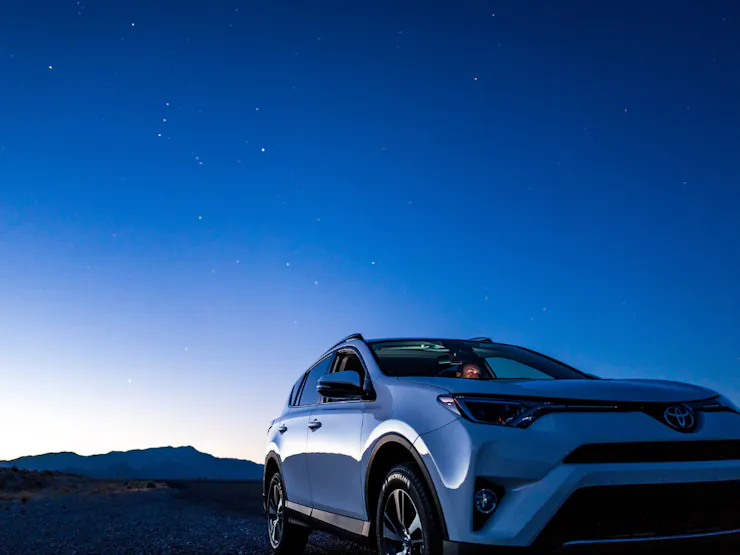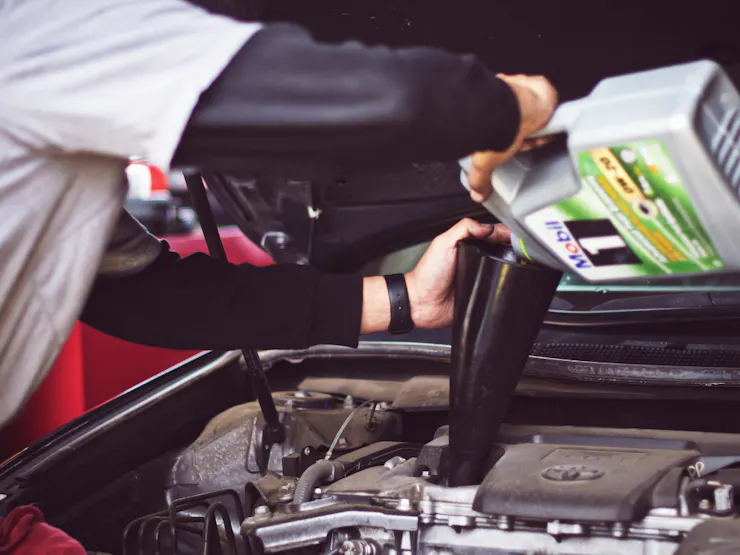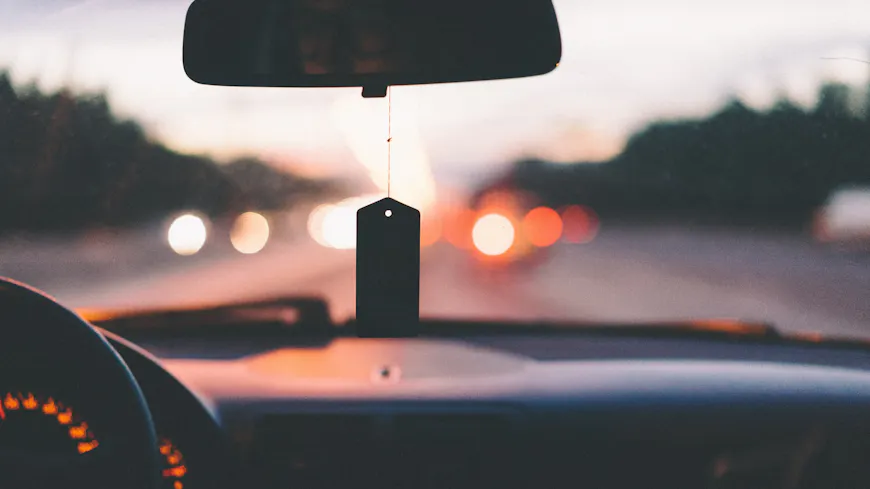If you’re in the market for a new car, there are a lot of decisions to be made.
What’s your budget? What kind of car do you want to get? Should you lease or buy?
If you’re looking for the most cost-effective option, buying a used car, paying it off and keeping it for a few years is often the best choice. But maybe you’re looking for something new, with the most-up-to-date features.
Leasing is sometimes a good way to get a new car without breaking the bank. It allows you to use a car for a certain length of time (usually 2-5 years) and make monthly payments. When the lease is up, that’s it. You give the car back and you’re done.
Some critics argue that you have nothing to show for all the money you paid. On the flip side, when you buy a car and you’re done making payments, the car is yours to keep. You’ve actually invested in something.
The truth is, there’s no universal answer when it comes to the question of whether you should lease or buy. A lot depends on cost and your own personal preference. Here are some key factors you should consider before making a decision.

Monthly costs
If low monthly payments are a priority, then leasing is probably your best option. Lease payments are usually lower than auto loan payments. But keep in mind, those monthly payments don’t end in ownership.
So, when the lease is up, you may have to lease again. Which is another 2-5 years of payments and it’s just a cycle that can keep going. Buying a car means your monthly payments will eventually end, and when they do, you’ll own a car.
Overall costs
One of the nice things about leasing a car is not having to worry about repairs. Most leased vehicles are under warranty for the duration of the lease, so if something goes wrong you can usually get it fixed for free.
But you’ll still be on the hook for cosmetic repairs. Remember, if you’re leasing, it’s not your car. You’re just borrowing it. If you scratch or dent the door, you’ll have to pay to get it fixed. If you buy the car and plan to keep it, you’ll have to budget for regular maintenance and upkeep.
As cars get older, things go wrong. But the bright side is, once your car is paid off, the cash that previously went towards your monthly payments can help cover maintenance costs.

Flexibility
Knowing how often you’ll want a new car is a key factor in the “lease or buy” discussion. Leasing gives you some flexibility, because if you agree to a two- or three-year lease, that means you can get a new car more often.
But leases aren’t always the more flexible option. If you sign a three-year lease and decide after one year you want to trade it in, you’ll face stiff penalties. You could be required to pay the remaining lease payments in addition to some early termination fees. When you buy a car, you have the freedom to get rid of it whenever you want.
One other really important thing to consider is, how many miles you drive. Leased vehicles come with a limit. Some are as low as 7,500 miles a year and some are as high as 15,000 a year.
The more miles you’re allowed, the more expensive it will be. It’s a good idea to ask about this before you commit to a lease contract. If you have a long commute to work, or you enjoy taking road trips on the weekend, leasing may not be an option.
If you agree to a lease with only 10,000 miles a year and you turn it in with more, the dealership will charge you for the extra miles, and that can add up quickly. On the contrary, if you own the car, you can put as many miles on it as you want to. It’s yours and no one can tell you what to do.
Ultimately, the best choice for you depends on your preferences, your budget and your ability to handle the expenses you might incur down the road.

